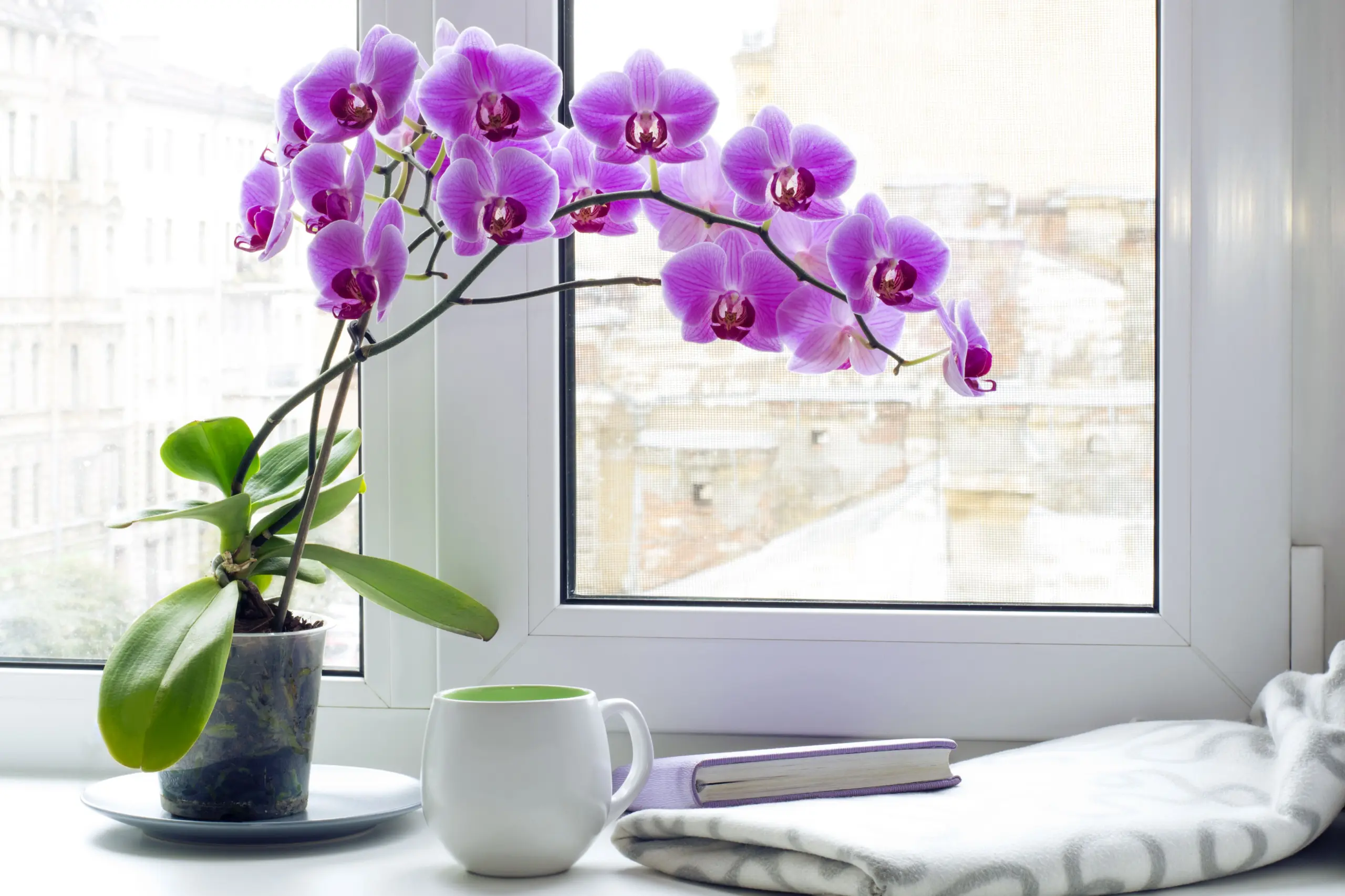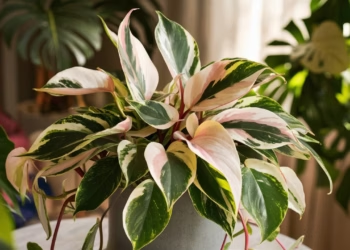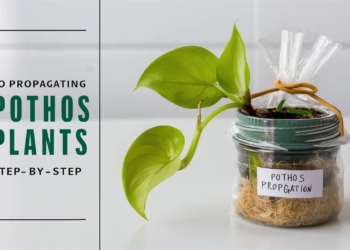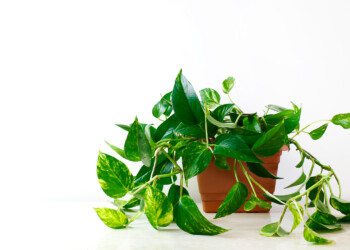So, you’ve brought home a beautiful orchid, but now you’re wondering, “How do you take care of an orchid?” Fear not, fellow plant parent! In this comprehensive guide, we’ll delve into the world of indoor orchids care and arm you with all the knowledge you need to ensure your delicate blooms flourish. From lighting and watering to fertilizing and repotting, we’ve got you covered. Let’s dive in and unlock the secrets to orchid care success!
Lighting: Shedding Light on Orchids’ Needs
Ah, lighting – the cornerstone of any plant’s well-being! But how do you take care of an orchid when it comes to lighting? Here’s the lowdown:
Assessing Light Requirements
- Bright, Indirect Light: Orchids thrive in bright, indirect light. Place them near a south or east-facing window where they can bask in gentle, filtered sunlight.
- Avoid Direct Sunlight: While orchids love light, they’re not fans of direct sunlight, which can scorch their delicate leaves. If direct rays are unavoidable, sheer curtains or blinds can provide some protection.
Monitoring Light Levels
- The Shadow Test: A handy trick for assessing light levels is the shadow test. If your orchid casts a crisp shadow without any fuzzy edges, it’s receiving adequate light.
- Rotate Regularly: To ensure even growth and prevent your orchid from leaning towards the light, rotate it every few weeks to promote balanced exposure.
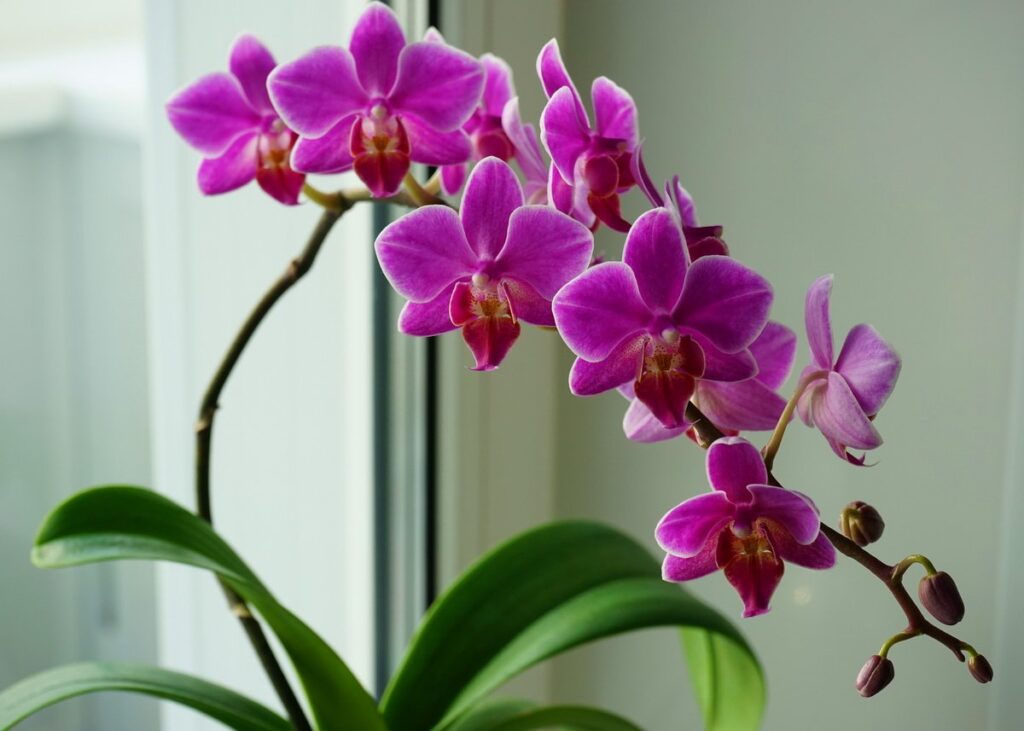
Orchid Plant Watering: Quenching Orchids’ Thirst
Watering – a crucial aspect of orchid care that often leaves growers scratching their heads. But fret not! We’re here to demystify the art of watering orchids:
Understanding Orchid Watering Needs
- The Soak and Dry Method: Orchids prefer a “soak and dry” approach to watering. Allow the potting mix to dry out between waterings, then thoroughly soak the roots before allowing it to dry again.
- Water Quality Matters: Use tepid, distilled water or rainwater to avoid mineral buildup in the soil, which can harm your orchid over time.
Signs of Overwatering and Underwatering
- Yellowing Leaves: Yellowing leaves can signal both overwatering and underwatering. Check the roots – if they’re mushy and brown, you’re overwatering; if they’re dry and brittle, you’re underwatering.
- Wrinkled Pseudobulbs: Pseudobulbs are reservoirs for water storage in certain orchid varieties. If they appear shriveled or wrinkled, your orchid may be thirstier than a desert cactus!
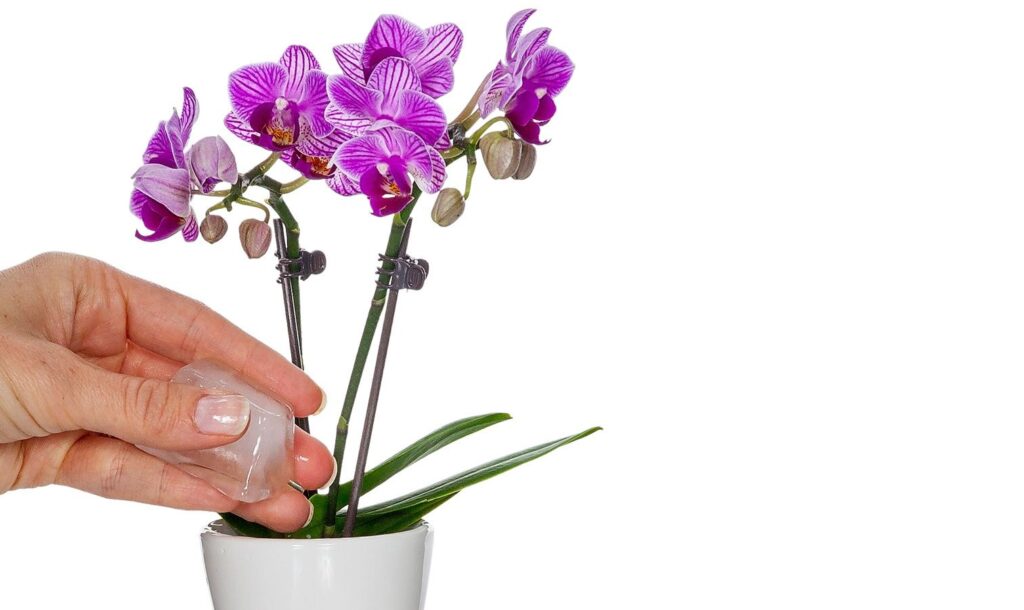
Temperature and Humidity Control
Orchids exhibit varying temperature preferences based on their species. Some species thrive in cooler temperatures, while others prefer warmer conditions. Maintaining the ideal temperature range, typically between 60°F to 85°F (15.5°C to 29°C), fosters healthy orchid growth and flowering. Additionally, orchids require moderate to high humidity levels, ranging from 50% to 70%. Supplement humidity by using pebble trays, humidifiers, or grouping orchids with moisture-loving plants like ferns. Adequate air circulation is equally vital for orchid health, facilitated by gentle airflow from fans.
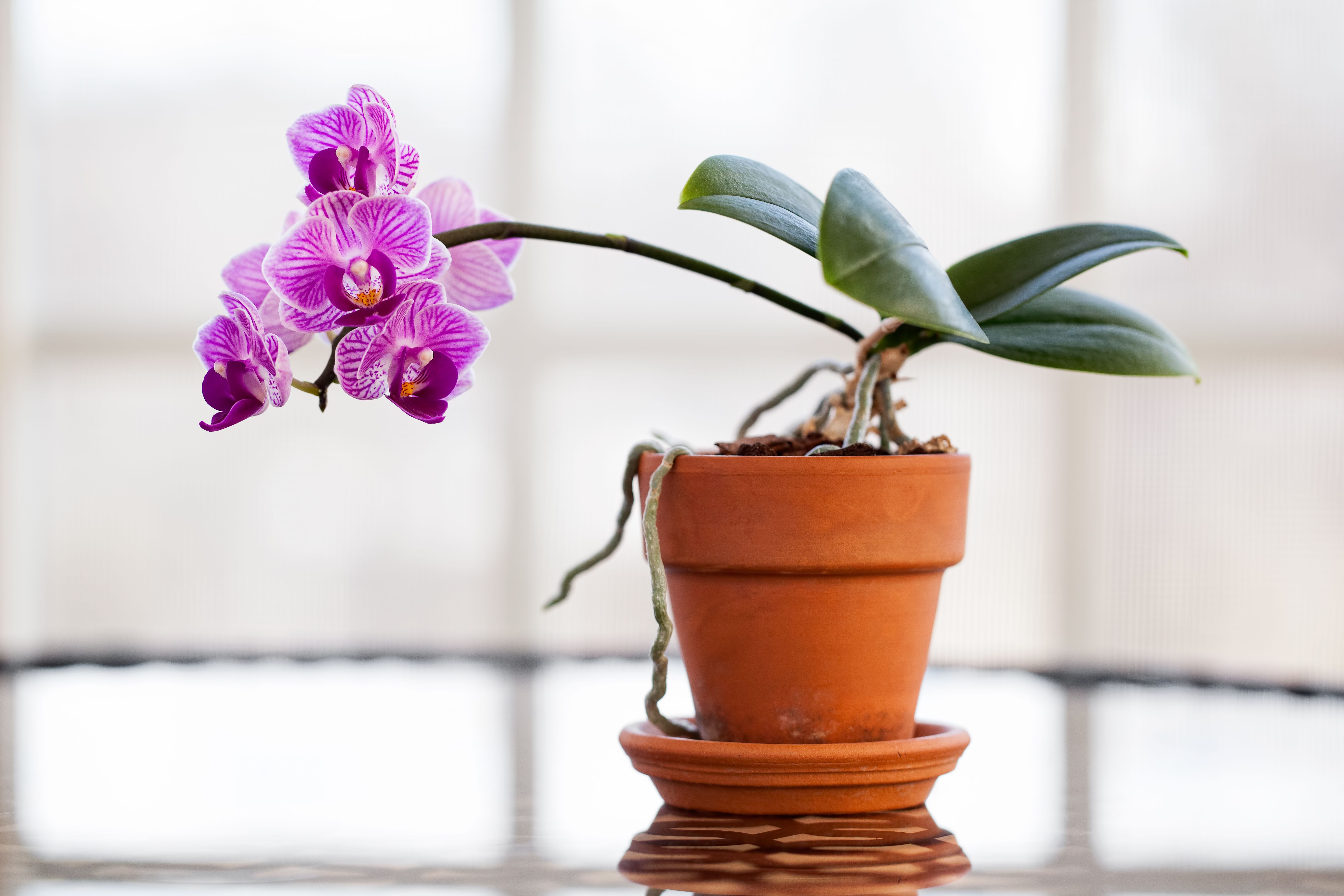
Soil and Growing Medium
Contrary to traditional potting soil, orchids thrive in soilless growing mediums that offer superior aeration and drainage. Popular options include fir bark, sphagnum moss, perlite, and charcoal. These porous mediums mimic the orchids’ natural habitat, providing optimal conditions for root growth. When repotting orchids, select a well-draining medium and ensure proper aeration to prevent root rot and enhance plant vitality.
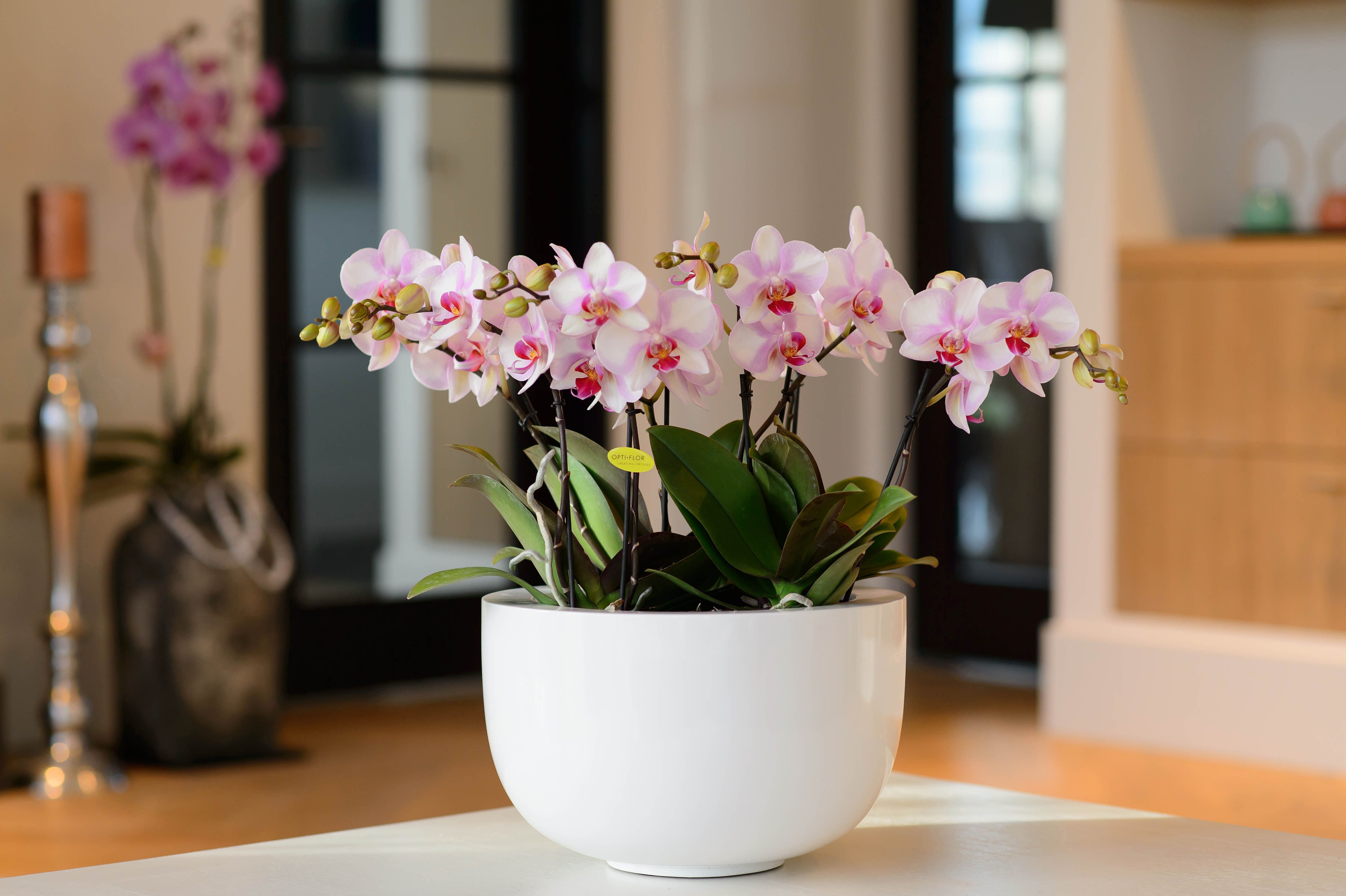
Fertilizing: Feeding Your Orchids
Feeding time! Just like any other living organism, orchids need their nutrients to thrive. But how do you take care of an orchid when it comes to fertilizing? Let’s dig in:
Choosing the Right Fertilizer
- Balanced Formulas: Opt for a balanced orchid fertilizer, such as 20-20-20 or 10-10-10, to provide a comprehensive mix of essential nutrients.
- Frequency Matters: During the growing season (typically spring and summer), fertilize your orchid every two weeks. In the dormant season, reduce frequency to once a month.
Application Tips
- Dilute, Dilute, Dilute: Always dilute your fertilizer to half or quarter strength to prevent root burn. Less is often more when it comes to feeding orchids!
- Apply to Damp Roots: Fertilize your orchid when the potting mix is slightly damp to aid in nutrient absorption. Avoid fertilizing dry roots, as this can cause damage.
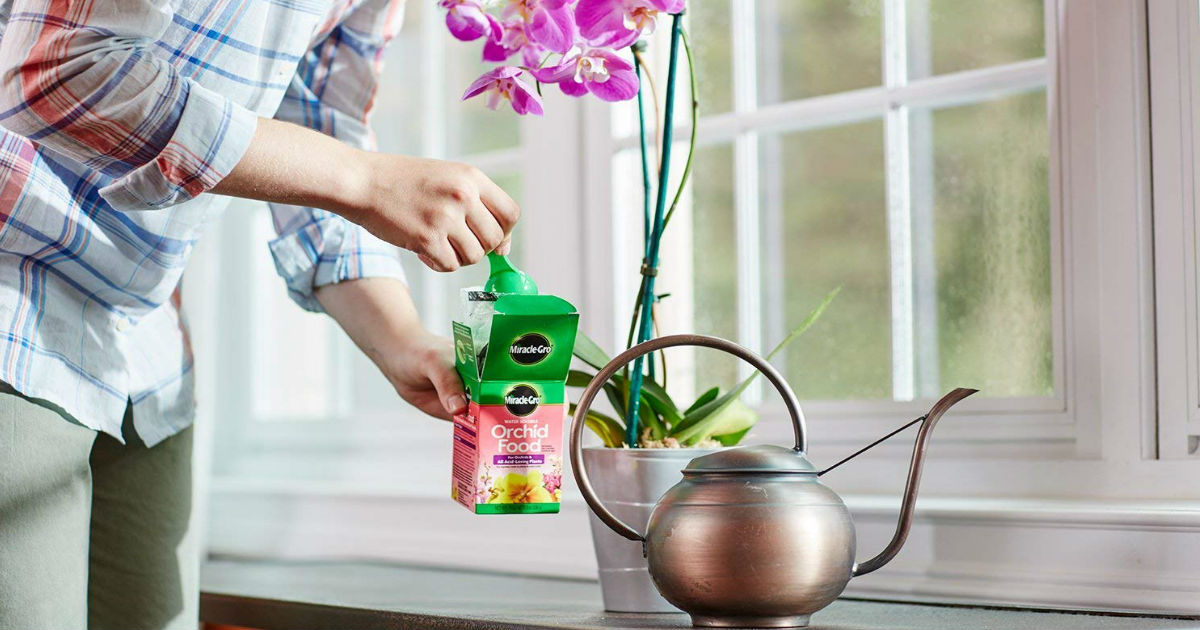
Repotting: Giving Your Orchids Room to Grow
Ah, the joys of repotting – a rite of passage for any orchid owner! But how do you take care of an orchid when it’s time to repot? Let’s unravel the mystery:
Signs It’s Time to Repot
- Root Overcrowding: If your orchid’s roots are bursting out of the pot or circling around the base, it’s time for a new home.
- Decomposed Potting Mix: As potting mix breaks down over time, it loses its aeration and drainage properties. If you notice soggy, compacted soil, it’s time for a refresh.
Repotting Process
- Choose the Right Time: Spring is typically the best time to repot orchids, as they’re gearing up for their active growth period.
- Gentle Handling: Handle your orchid with care during repotting to avoid damaging delicate roots. Use a clean, sharp pair of scissors to trim away any dead or rotting roots.
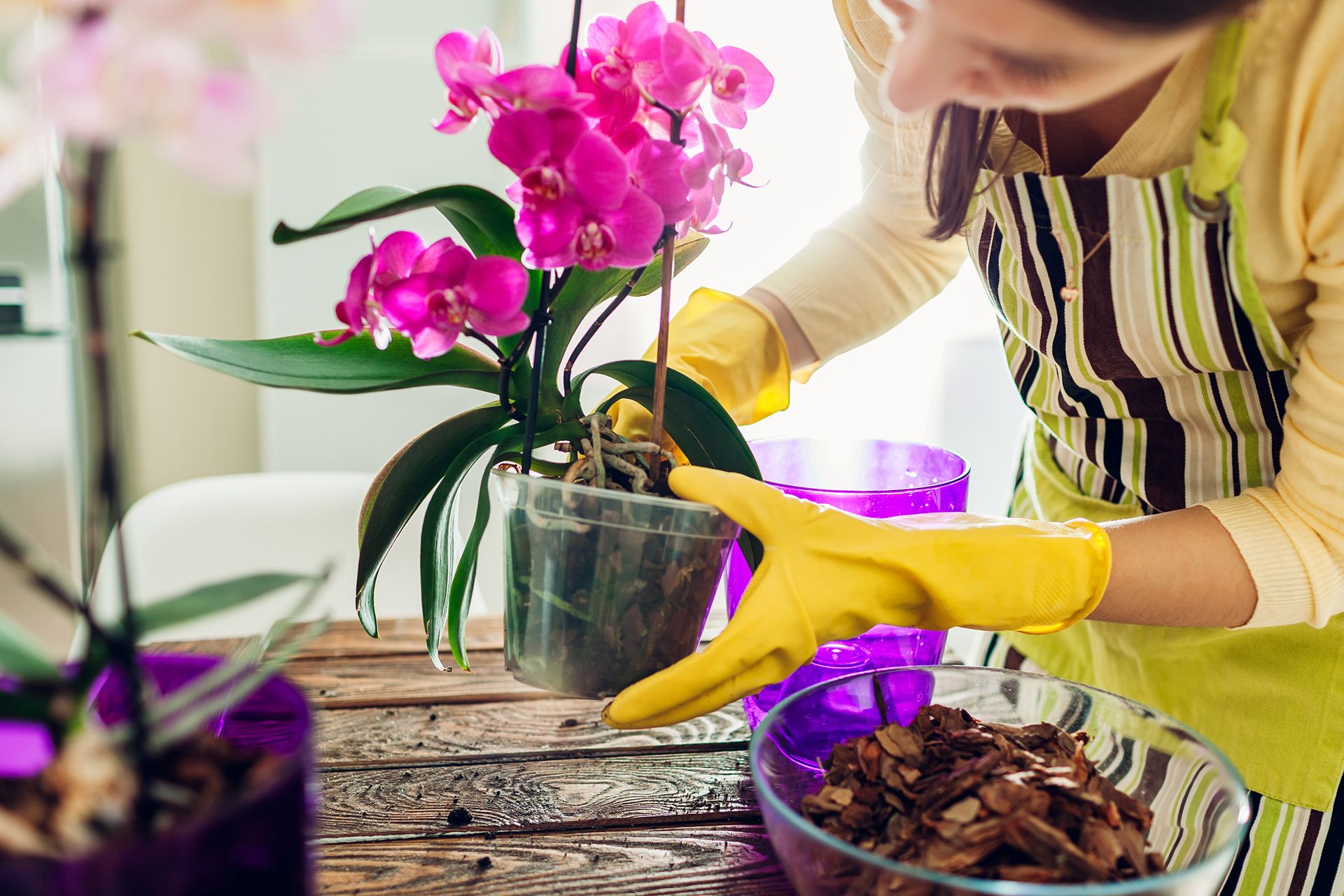
Pest Control: Keeping Critters at Bay
Pests – the bane of every plant lover’s existence! But fear not, for we have strategies to combat these pesky invaders and keep your orchids pest-free:
Common Orchid Pests
- Spider Mites: These tiny arachnids can wreak havoc on orchids, sucking sap from leaves and leaving behind fine webbing.
- Scale Insects: Scale insects resemble small, waxy bumps on the stems and leaves of orchids, where they feed on plant juices.
Natural Remedies and Prevention
- Neem Oil: A natural insecticide, neem oil can help eradicate pests while being gentle on your orchid’s delicate foliage. Dilute with water and apply with a spray bottle.
- Isolation and Quarantine: If you spot signs of pest infestation, promptly isolate the affected orchid to prevent the spread of pests to other plants.
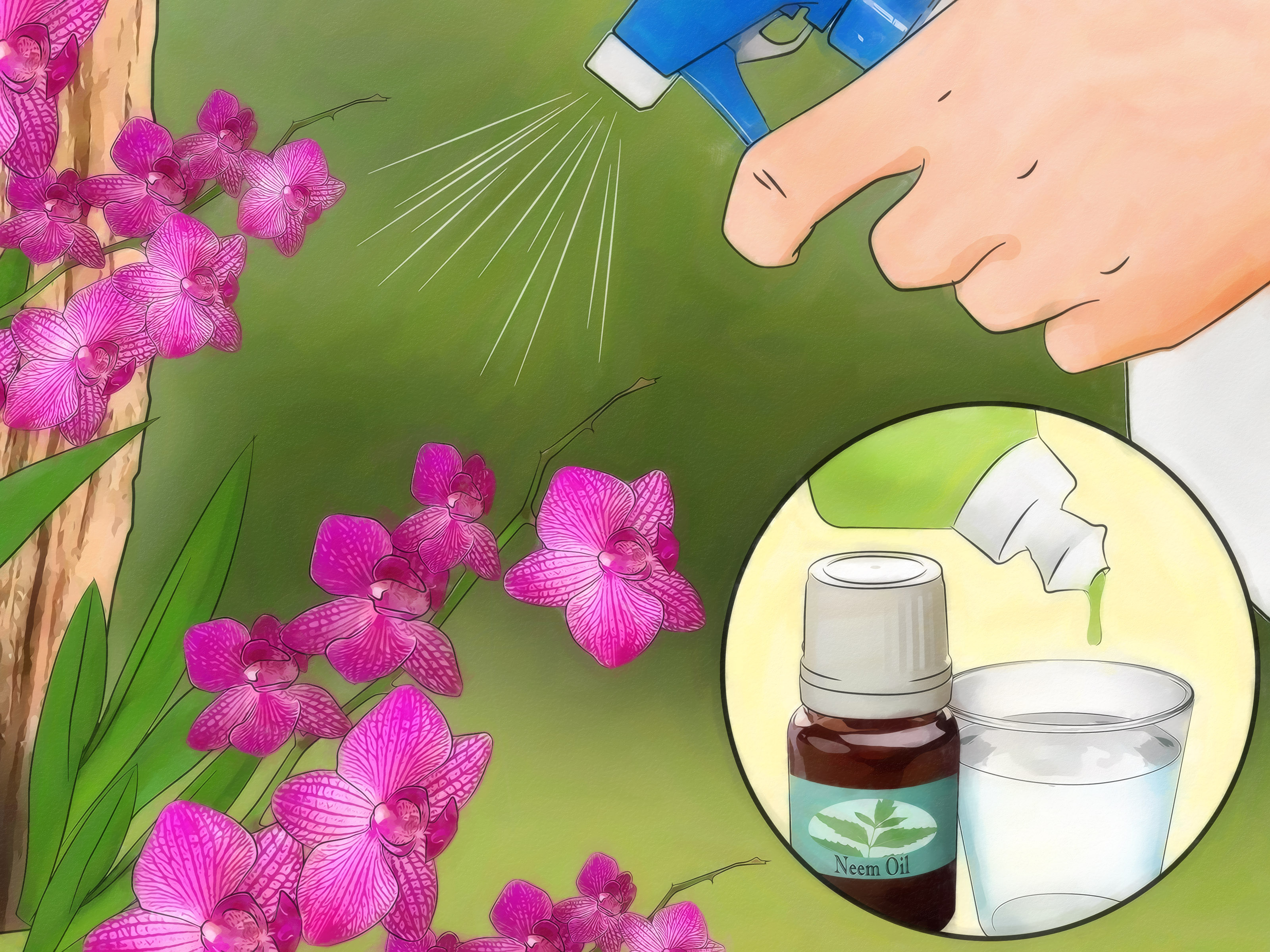
And there you have it – the ultimate guide on how to take care of an orchid! From mastering lighting and watering to fertilizing and pest control, you’re now equipped with all the tools and knowledge to nurture your indoor orchids to blooming perfection. Remember, patience and consistency are key when it comes to orchid care. So go ahead, unleash your green thumb, and watch your orchids flourish in all their botanical glory!
FAQs
How do you take care of an indoor orchid?
Taking care of indoor orchids involves:
- Providing bright, indirect light.
- Maintaining temperatures between 65-80°F (18-27°C) during the day and slightly cooler at night.
- Keeping humidity levels between 50-70%.
- Watering when the potting mix feels nearly dry, typically every 1-2 weeks.
- Using a well-draining orchid mix.
- Feeding with a balanced orchid fertilizer diluted to half strength every 2-4 weeks.
- Ensuring good air circulation.
- Repotting every 1-2 years or as needed.
How often do you water an orchid?
Water orchids when the potting mix feels nearly dry, usually every 1-2 weeks. Adjust watering frequency based on factors like humidity levels, temperature, and orchid variety. Always check the moisture level before watering to avoid overwatering.
Why are orchids hard to keep alive?
Orchids can be challenging to keep alive due to their specific requirements for light, humidity, temperature, and watering. Additionally, different orchid species and hybrids have varying needs, making it crucial to understand the specific care requirements of each orchid variety.
How do you keep orchids alive?
To keep orchids alive, provide them with the right balance of light, humidity, temperature, watering, and fertilizing. Regularly monitor their condition and adjust care practices as needed. Patience, observation, and understanding the individual needs of each orchid variety are key to their longevity.
How do you keep orchids fresh at home?
To keep orchids fresh at home, follow proper care practices, including providing appropriate light, humidity, watering, and fertilizing. Additionally, promptly remove any dead or yellowing leaves or flowers to maintain the plant’s appearance and health.
Do orchids need sun?
Orchids require bright, indirect light to thrive. While they need light to produce flowers, direct sunlight can burn their leaves. Place orchids near a window with filtered sunlight or provide artificial light if natural light is insufficient. Adjust the distance from the light source based on the orchid’s specific light requirements and environmental conditions.
